Can Generative AI redefine human and machine creativity?
Have you ever marveled at the possibility of machines not just learning from data, but also creating something entirely new and unexpected? What if I told you that a new frontier in artificial intelligence can compose music, design fashion, or even write its own software code? Welcome to the world of Generative AI, a realm where the line between human creativity and machine innovation blurs with each passing breakthrough. But what exactly is Generative AI, and how is it reshaping the landscape of possibility across various industries?
Imagine a future where the tools of creation are not limited by human bandwidth or imagination but are amplified by the power of algorithms that can learn, adapt, and generate. From the arts to engineering, Generative AI is not just an emerging technology—it's a paradigm shift that's already unfolding before our eyes. As we delve into this blog post, we'll explore the essence of Generative AI, its far-reaching applications, the incredible capabilities it harbors, and the real-world examples that showcase its transformative potential. But before we journey through the marvels of Generative AI, let's address the elephant in the room: What are the common misconceptions and concerns surrounding this technology, and how does it truly fit into our future?
Understanding Generative AI
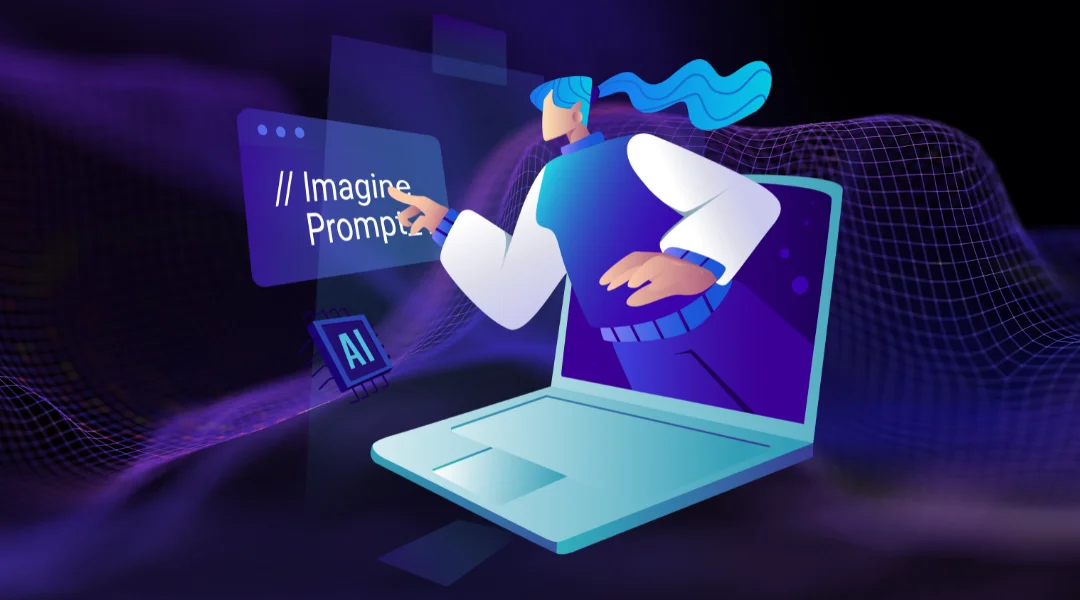
At its core, Generative AI refers to the subset of AI algorithms designed to generate new data that is similar but not identical to the data it has been trained on. These algorithms can learn the underlying patterns, features, and distributions of a dataset and then produce new instances that could plausibly come from the same distribution.
Generative AI: Unleashing Creative Potential Across Industries
Generative artificial intelligence stands at the forefront of AI innovation, pushing the boundaries of what machines can create. At its core, generative AI is a subset of AI technologies that leverages deep learning algorithms to produce new and original content. This content can span multiple formats, such as text, images, audio, and video, closely mimicking or entirely innovating upon human-like creations.
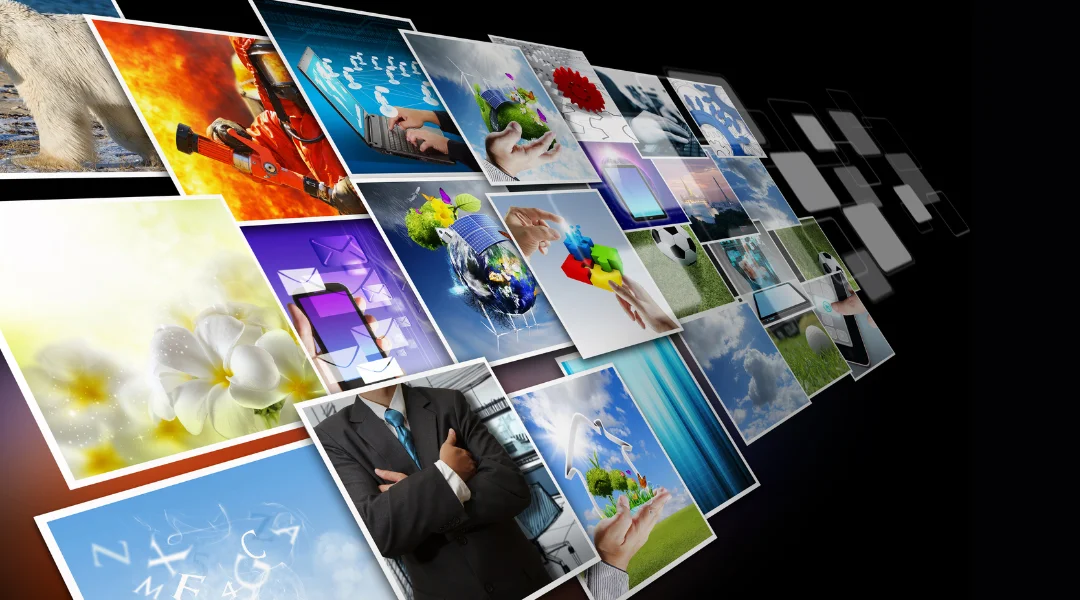
Unlike their discriminative counterparts, which are designed to make decisions or predictions from input data (think spam filters or facial recognition systems), generative models thrive on the act of creation. These advanced algorithms are trained on vast datasets, learning the underlying patterns and structures of the input material. Once adequately trained, they can generate new instances of data that are often indistinguishable from those created by humans. For example, in the realm of text, generative AI can compose poetry, write articles, or even generate code, while in the visual arts, it can create stunningly realistic images or animations.
The applications of generative AI are extensive and growing. In the art world, AI-generated artworks have been auctioned for substantial sums, challenging our perceptions of creativity and authorship. In design, architects and graphic designers use AI to generate innovative patterns and structures, speeding up the creative process and opening new avenues for exploration.
Applications of Generative AI
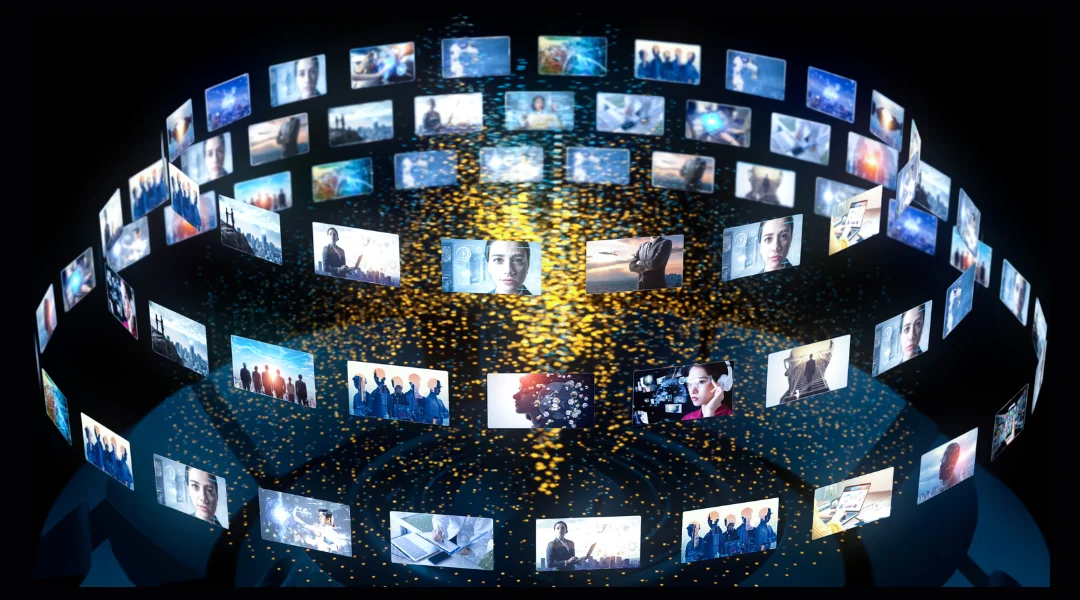
Generative AI is revolutionizing various sectors by providing tools that augment human creativity and efficiency. One of the most groundbreaking advancements in this field is GPT-3 by OpenAI. GPT-3 is a cutting-edge language model that can perform a wide range of tasks, from composing essays to generating code, with impressively minimal human direction. Its predecessor, GPT-2, sparked significant debate over the ethical use of AI due to its ability to create convincing, yet potentially misleading, news articles.
In the visual arts, applications like DeepArt and Prisma have captivated users by transforming simple photographs into digital paintings reminiscent of the works of Van Gogh or Picasso. These platforms leverage generative AI to dissect the elements of a photo and the signature style of classical artists, synthesizing a new image that marries the original content with the chosen artistic flair.
NVIDIA's GauGAN represents another leap forward, enabling users to craft detailed landscape images from basic sketches. The AI interprets user-drawn elements and renders them with stunning photorealism, encompassing textures such as foliage, water, and architecture. This technology is not merely for entertainment; it serves as a potent tool for designers and visionaries who wish to prototype scenes before the costly process of creating tangible models or intricate illustrations.

In the music industry, generative AI has given birth to applications like Jukedeck and AIVA. These platforms analyze vast collections of musical compositions to grasp patterns in structure, rhythm, and harmony, and then generate new music tailored to specific genres or emotions. Such tools can produce soundtracks for videos, games, or even stand-alone musical pieces, showcasing the versatility of AI in creative expression.
Adding to this impressive lineup is the innovative service offered by DeepBrain AI. DeepBrain AI specializes in creating lifelike AI human models that can be used for various purposes, such as virtual customer service agents, news anchors, or even educational instructors. Their technology uses generative AI to produce realistic human avatars that not only look and sound human but can also interact with real people in real-time. This can be particularly transformative for businesses looking to provide a more personalized experience for customers without the need for a human presence, thereby enhancing accessibility and efficiency.
As we continue to explore the capabilities of generative AI, we can anticipate a surge of novel applications that will further diminish the gap between human and machine-generated content. These advancements promise to reshape industries and redefine the boundaries of innovation and creativity.
Capabilities of Generative AI
| Capability | Description | Examples/Applications |
|---|---|---|
| Content Creation | Generative AI can autonomously generate a wide array of digital content. | - Generating realistic images - Composing music |
| Data Augmentation | It can produce additional synthetic data to bolster datasets for machine learning. | - Creating data for training ML models in scarce data scenarios |
| Simulation and Modeling | Generative models are capable of creating simulated environments for various training and testing needs. | - Training autonomous vehicles - Developing virtual reality experiences |
| Personalization | AI can customize content to align with individual user preferences. | - Tailoring entertainment - Personalized marketing |
Practical Examples and Use Cases
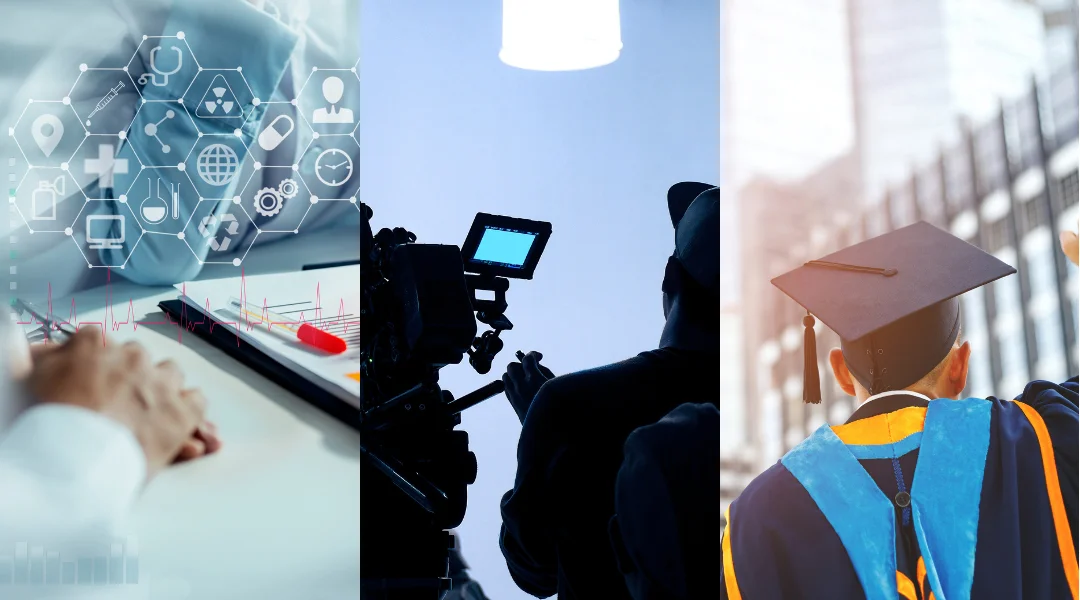
Generative AI has revolutionized a multitude of sectors by offering innovative solutions to complex problems. Let's delve into specific use cases, incorporating DeepBrain AI's services to understand the transformative impact of this technology.
- Healthcare: In healthcare, generative AI stands at the forefront of innovation, especially in the realm of drug discovery. By predicting molecular structures, it paves the way for groundbreaking pharmaceuticals. Moreover, it generates synthetic patient data, thereby preserving privacy while promoting research. DeepBrain AI has made significant strides in healthcare through partnerships and collaborations. For instance, Roche has harnessed AI to introduce real-time mobile medical services and AI doctors, thereby revolutionizing patient care and accessibility. Similarly, Esther Formula's collaboration with Deepbrain AI led to the creation of "AI Esther," an AI-powered entity that replicates medical expertise and streamlines content creation, enhancing the efficiency and reach of healthcare services.
- Entertainment: The entertainment industry, particularly video game development, has been transformed by generative AI, which is used to craft varied and dynamic gaming landscapes. In cinematography, AI-generated visual effects are increasingly becoming the norm. DeepBrain AI's contribution is evident as several news stations in Korea and China have adopted their technology to create Digital Twins of lead anchors. These "AI Anchors" bear the likeness and voice of actual anchors and can deliver news updates and breaking stories throughout the day, showcasing the potential of AI in media.
- Education: Generative AI has made significant inroads in education by enabling the creation of tailored learning materials that adapt to the pace and style of individual learners. This customization makes education more accessible and personalized. DeepBrain AI's collaboration with Kyowon Red Pen is a testament to this, as they introduced an AI Tutor in the digital education metaverse "AiCANDO." The AI Tutor, powered by DeepBrain AI's technology, provides a unique educational experience for elementary students, allowing for immediate communication and 1:1 mentoring in a metaverse-based virtual classroom. This innovative approach fosters an optimized learning environment, encouraging correct learning behaviors and enhancing student engagement.
Common Misconceptions and Concerns
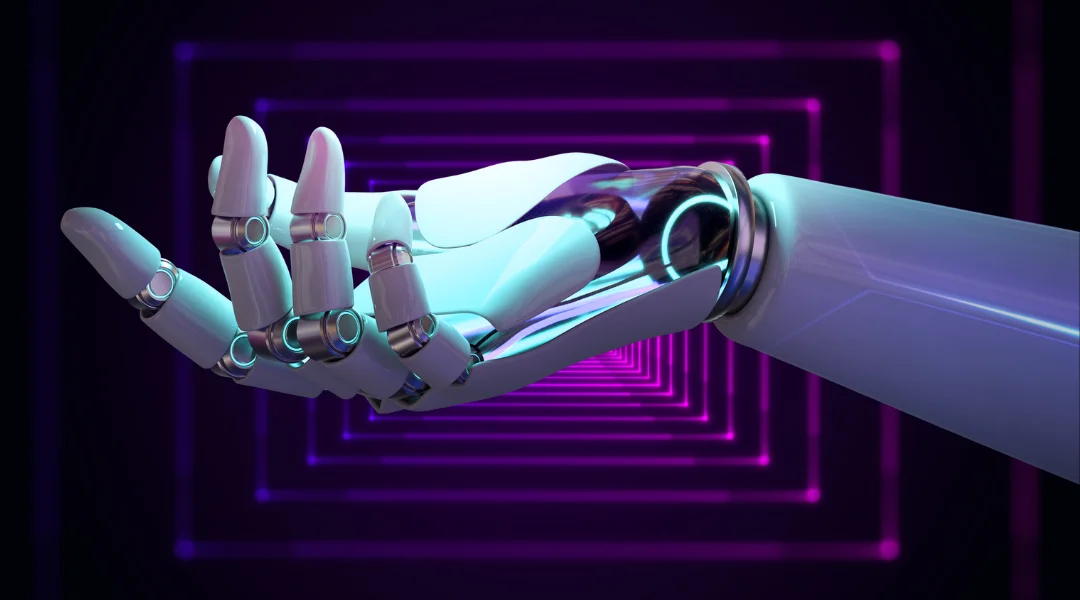
While Generative AI holds immense promise, there are common misconceptions and concerns that need to be addressed:
- Quality of Generated Content: Some may believe that AI-generated content lacks the quality of human-created content. However, as generative models become more sophisticated, they are increasingly able to produce high-quality, realistic outputs.
- Ethical Implications: The potential for creating deepfakes or spreading misinformation is a significant concern. It is crucial to develop ethical guidelines and use generative AI responsibly.
- Job Displacement: There is a fear that AI will replace human jobs, especially in creative fields. While AI can automate certain tasks, it also has the potential to augment human creativity and open up new opportunities.
In conclusion, Generative AI is a powerful tool that is reshaping the landscape of content creation and data analysis. As the technology advances, it is important to stay informed about its developments and consider the ethical implications of its use. By harnessing the power of Generative AI responsibly, we can unlock new potentials across a vast array of applications, driving innovation and progress in ways previously unimaginable.




